Helios Blog
Stay in the know with the latest updates, discussions, and more from Helios AI.

Helios AI Special Report: US Government Shutdown Causes USDA Data Blackout – What Agri-Food Leaders Should Know to Stay Ahead
On October 1, 2025, the U.S. federal government entered a shutdown after Congress failed to pass appropriations. As a result, the USDA has paused or delayed key agricultural data releases, creating a data blackout with significant consequences for procurement leaders, traders, and agri-food supply chains.
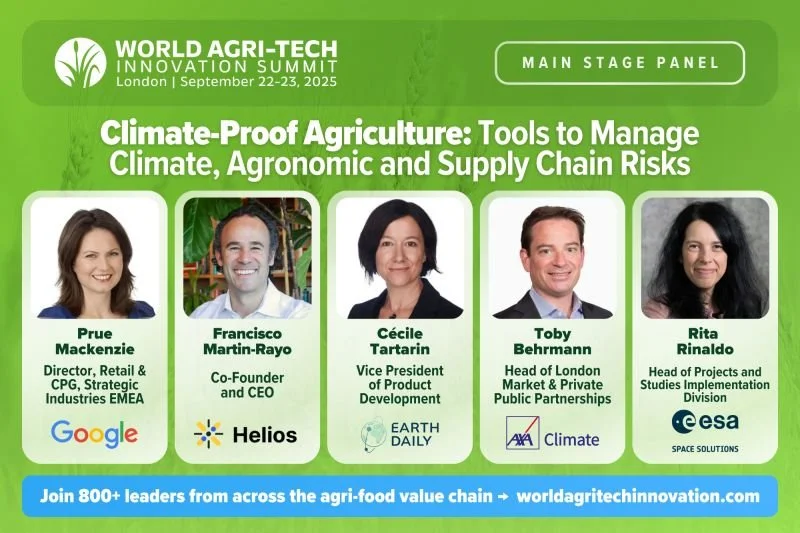
Helios AI at World Agri-Tech 2025: Predicting Prices, Climate Risks, and Supply Chain Disruptions
At World Agri-Tech 2025 in London, Helios AI CEO Francisco Martin-Rayo joined other global leaders to discuss climate-proof agriculture. The panel highlighted how AI, collaboration, and finance can transform global food supply chains. With climate volatility and disruptions rising, Helios Horizon empowers businesses to forecast prices, manage risks, and build resilience.

The Future of Food Supply Chains Starts Here: Helios AI Secures $4.7M to Launch Helios Horizon
Helios AI has raised $4.7M to launch Helios Horizon — the first AI co-pilot for food supply chains. Covering 75+ commodities and 2,500+ price series, Horizon delivers ultra-accurate price forecasts and climate insights in seconds, giving agri-food businesses the foresight to anticipate disruptions and act with confidence.

Introducing Helios Horizon: Your 24/7 Agricultural Supply Chain Analyst
Helios Horizon is the world’s first AI co-pilot built for food and agriculture supply chains, delivering role-aware, source-cited insights on prices, climate, trade, supply, futures, and news—giving professionals Bloomberg-level intelligence in their pocket, 24/7.

Plenty of Pumpkins This Season… But What About Later?
Fall is synonymous with pumpkins– from lattes to pies, or hayrides and Halloween displays. The Pacific Northwest pumpkin harvest of 2025 is off to a strong start, with growers optimistic about both the quality and supply of the vegetable. Yet, behind all the success lies a growing concern: the later part of the season doesn’t look nearly as stable.
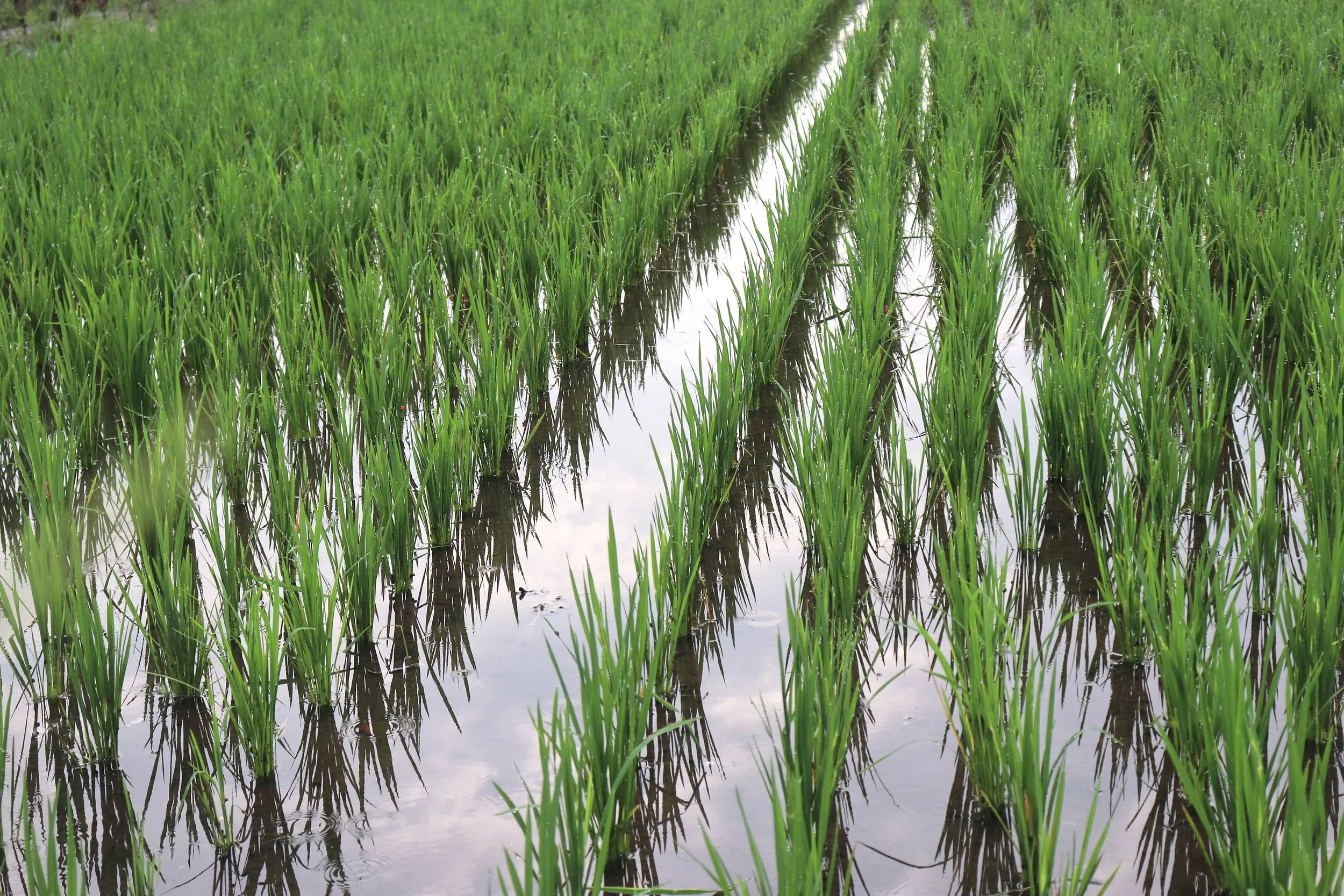
Indonesia’s Wet Season Surprise: What It Means for the Season Ahead
In June 2025, Indonesia’s weather authority (BMKG) revised its seasonal forecast in a way that caught many in the agriculture sector by surprise. Instead of entering a long, dry stretch, the country has experienced higher-than-normal rainfall, delaying the onset of the dry season across most of the archipelago.
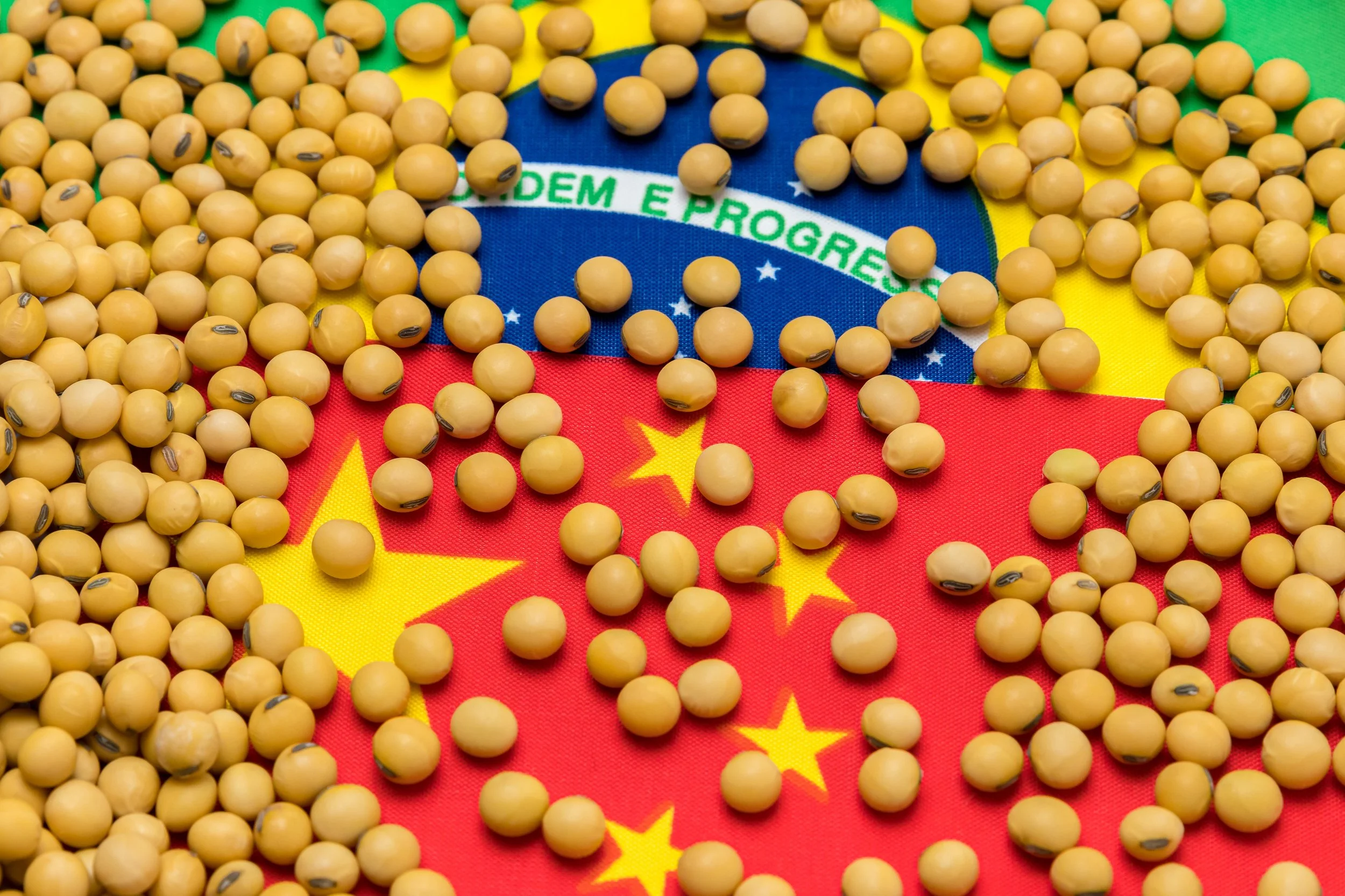
Tariffs, Trade Wars, and the Rise of Brazil’s Soybean Empire
China’s retaliatory 34% tariff on U.S. farm goods stripped the U.S. soybean market of most of its competitiveness overnight. The market was devastated, and China quickly turned to a new supplier: Brazil. China's shift from the U.S. to Brazil for soybeans is increasingly looking less like a temporary substitution and more like a realignment in soybean trade, making Brazil China’s go-to producer for soybeans permanently.
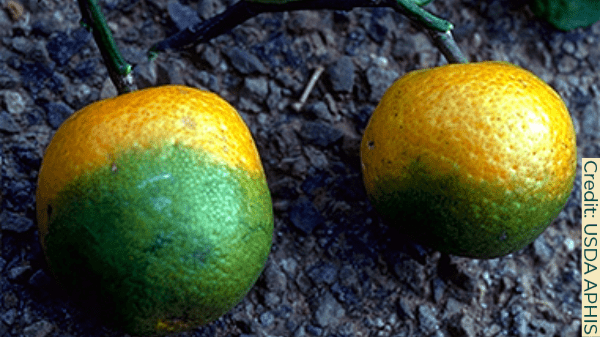
Florida’s Oranges Are in Crisis - You Can Thank Climate Change for That
Orange juice used to be a breakfast staple. Now, it’s starting to look more like champagne—a luxury item for special occasions. As climate change intensifies, Florida's orange market is caught in the turmoil thanks to citrus greening disease: a bacterial disease spread by tiny, sap-sucking insects called psyllids (pronounced sill-ids).
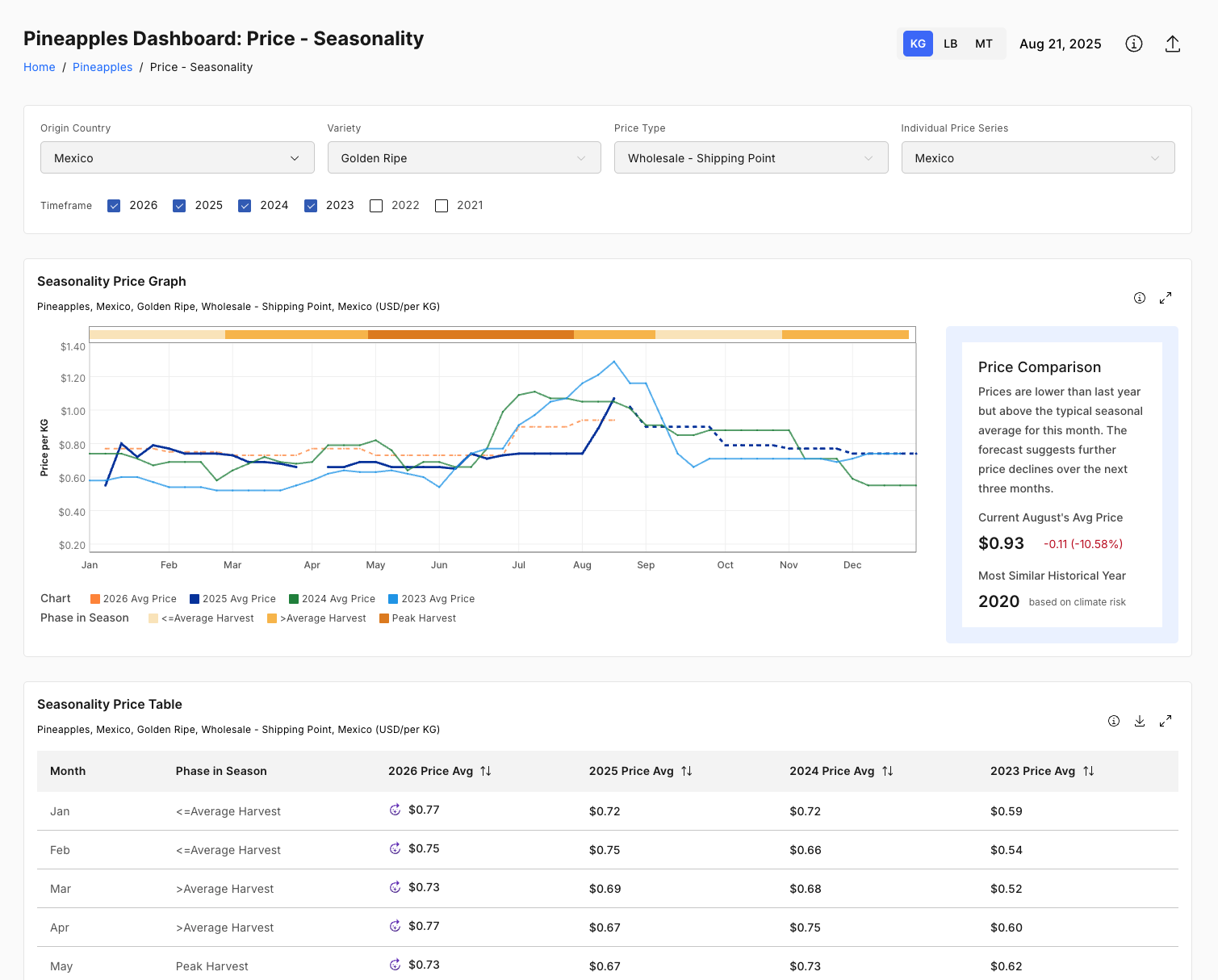
Introducing Price Seasonality on Helios: Your New Tool for YoY Commodity Price Trends
We’ve just launched a new feature on the Helios platform: the Price Seasonality tab! It’s designed to give procurement teams a sharper understanding of how commodity prices move throughout the year—and how those trends compare across multiple years.

Rewriting the Food System: How Helios AI Is Tackling Climate and Supply Chain Chaos
In this episode of Becoming Radical, Michael Gaizutis sits down with Francisco Martin-Rayo, the founder of Helios AI, to talk about something we don’t often think about: how our food actually gets to us… and what happens when climate change and outdated tech threaten that process.
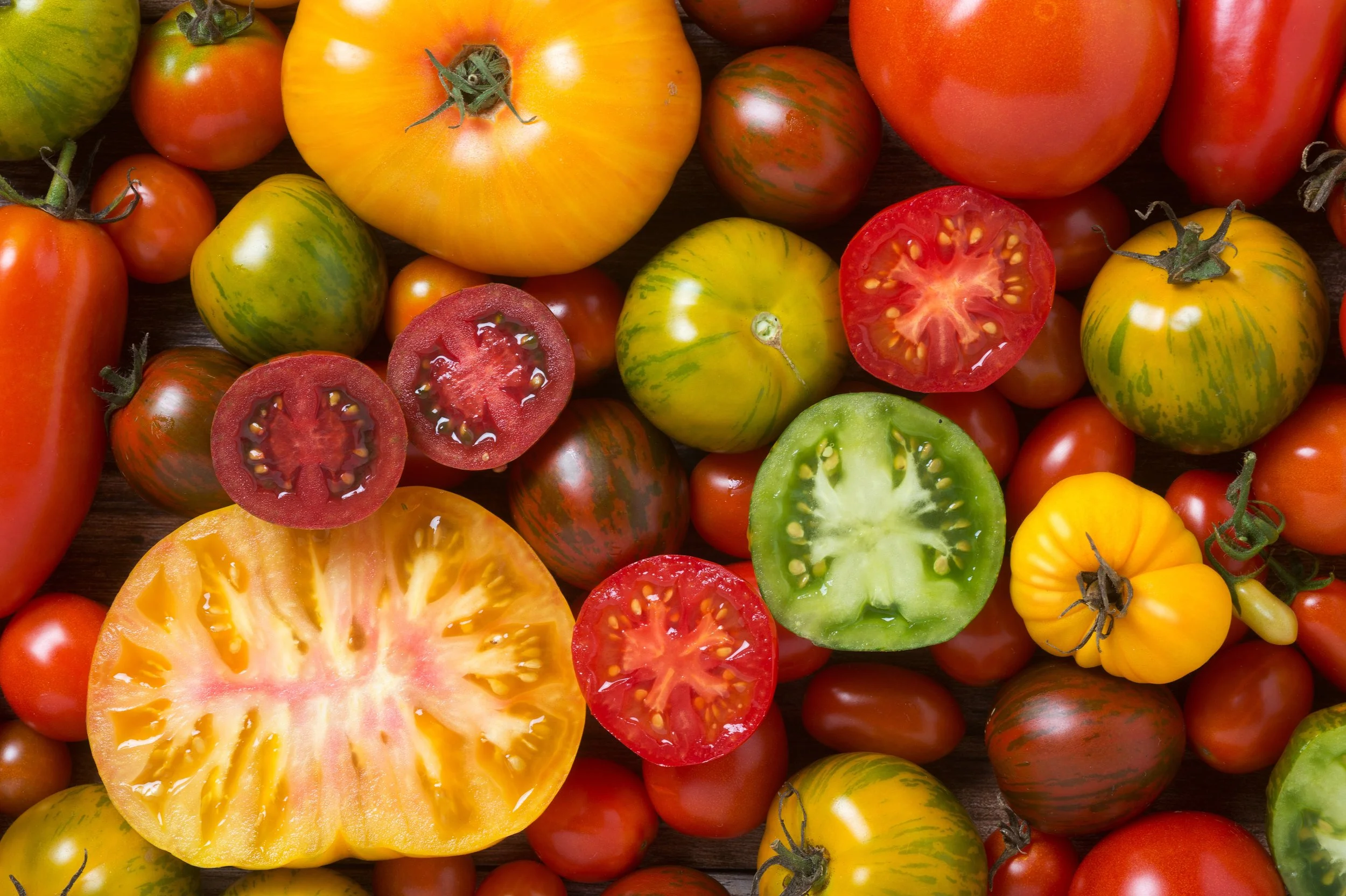
Fruit, Vegetable… or Political Football? How Tariffs Are Squeezing the Tomato Trade
Tomatoes may be botanically a fruit, but in the U.S.–Mexico supply chain, they are a critical “vegetable” for procurement teams, and this summer, they’ve become a political flashpoint. In mid-July 2025, the collapse of the Tomato Suspension Agreement ended nearly thirty years of price stability in the import market and brought back a 17% U.S. tariff on fresh Mexican tomatoes.
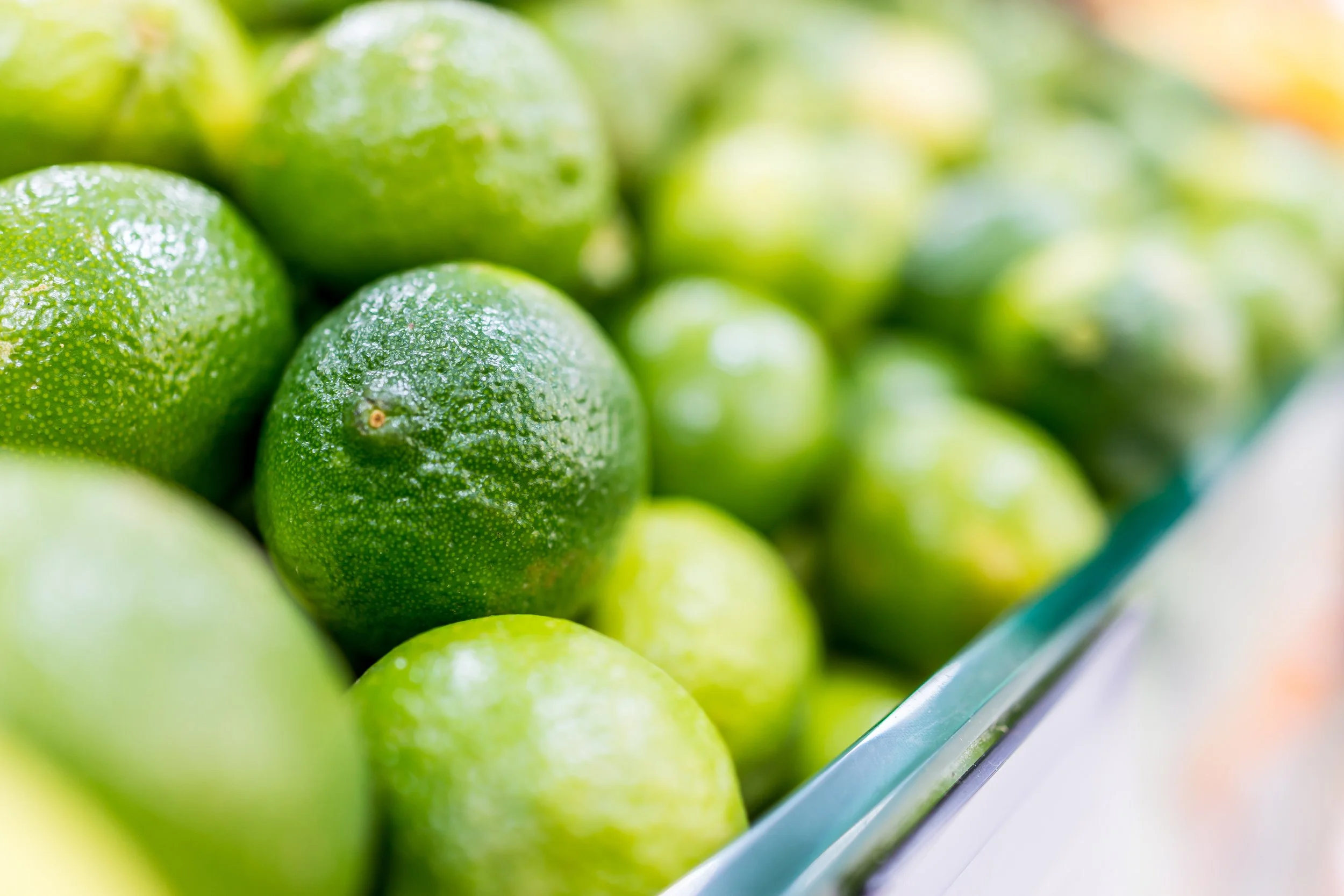
The Climate Behind Your Limes: Why Stable Prices Can’t Be Taken for Granted
Limes—the lemon's little brother—are a staple in many diets worldwide. Colombia is the 10th largest supplier in the world, producing about 2.29% of fresh limes globally. Colombia is prone to experiencing rainy and dry seasons; its rainy seasons are typically from March to May and September to November, but this year, the country’s rainy season is beginning earlier and more intensely, creating a riskier environment and potentially disrupting the growth and price of the fruit we all know and love.

Podcast Feature - FoodTech Stories
Francisco Martin-Rayo, Co-Founder and CEO of AgTech startup Helios joins host Megan Thomas to discuss how his firm uses AI and large data sets to predict field, country, and global production of agricultural crops. This episode will break down how the team at Helios has built its tech stack, how it delivers meaningful insights, including predicted future pricing, to customers, and the surprising ways it is building buy-in with seasoned buyers and traders.
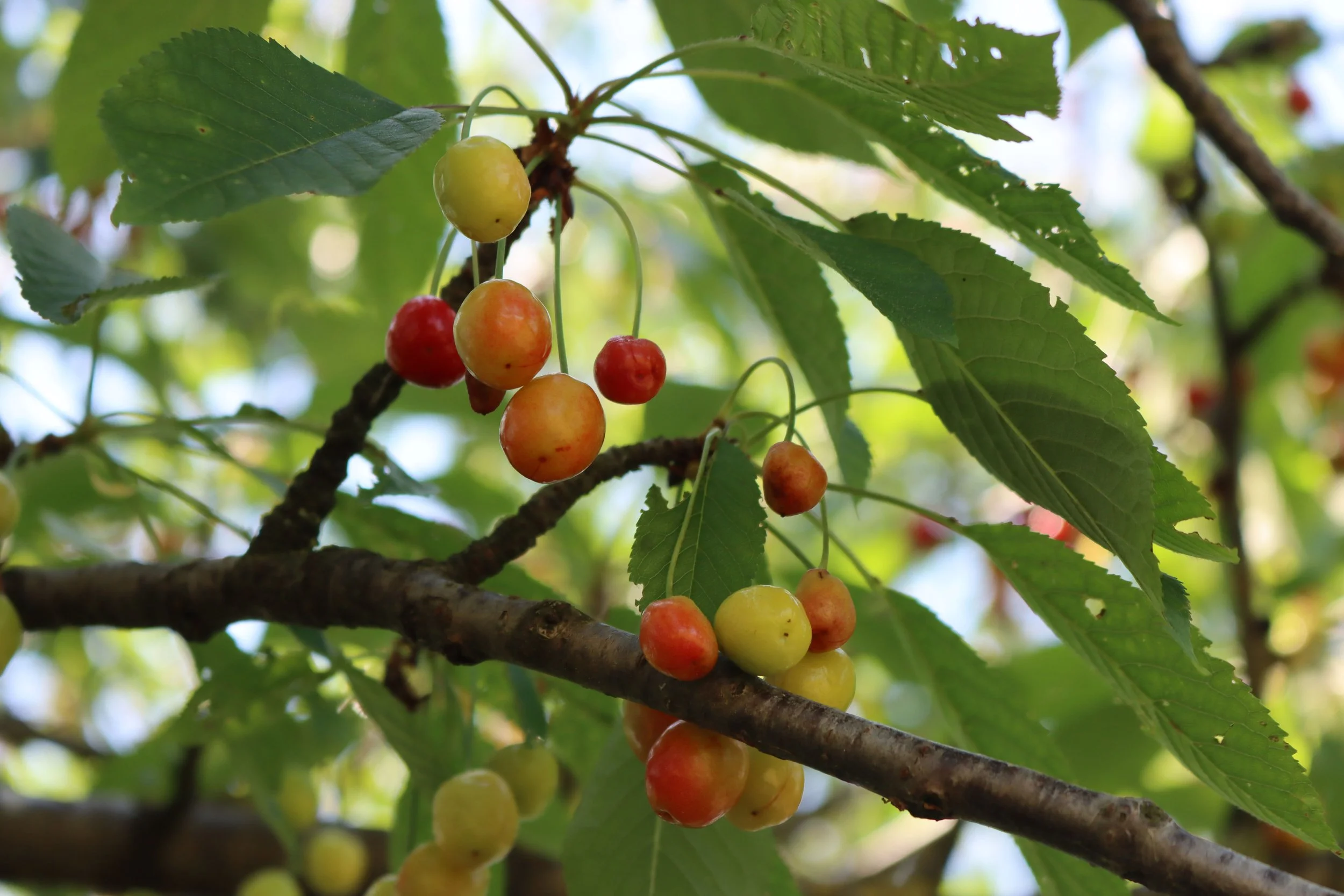
Climate Pressures Leave Cherry Harvest Well Below Average
Turkey, the world’s leading cherry exporter, is closing out one of its most difficult seasons in recent memory. Severe frost in spring wiped out large portions of the crop, and persistent drought has devastated many of the surviving orchards. With only a short time left in the season, yields are already well below average, fruit quality is inconsistent, and buyers are paying higher prices to secure a limited supply.
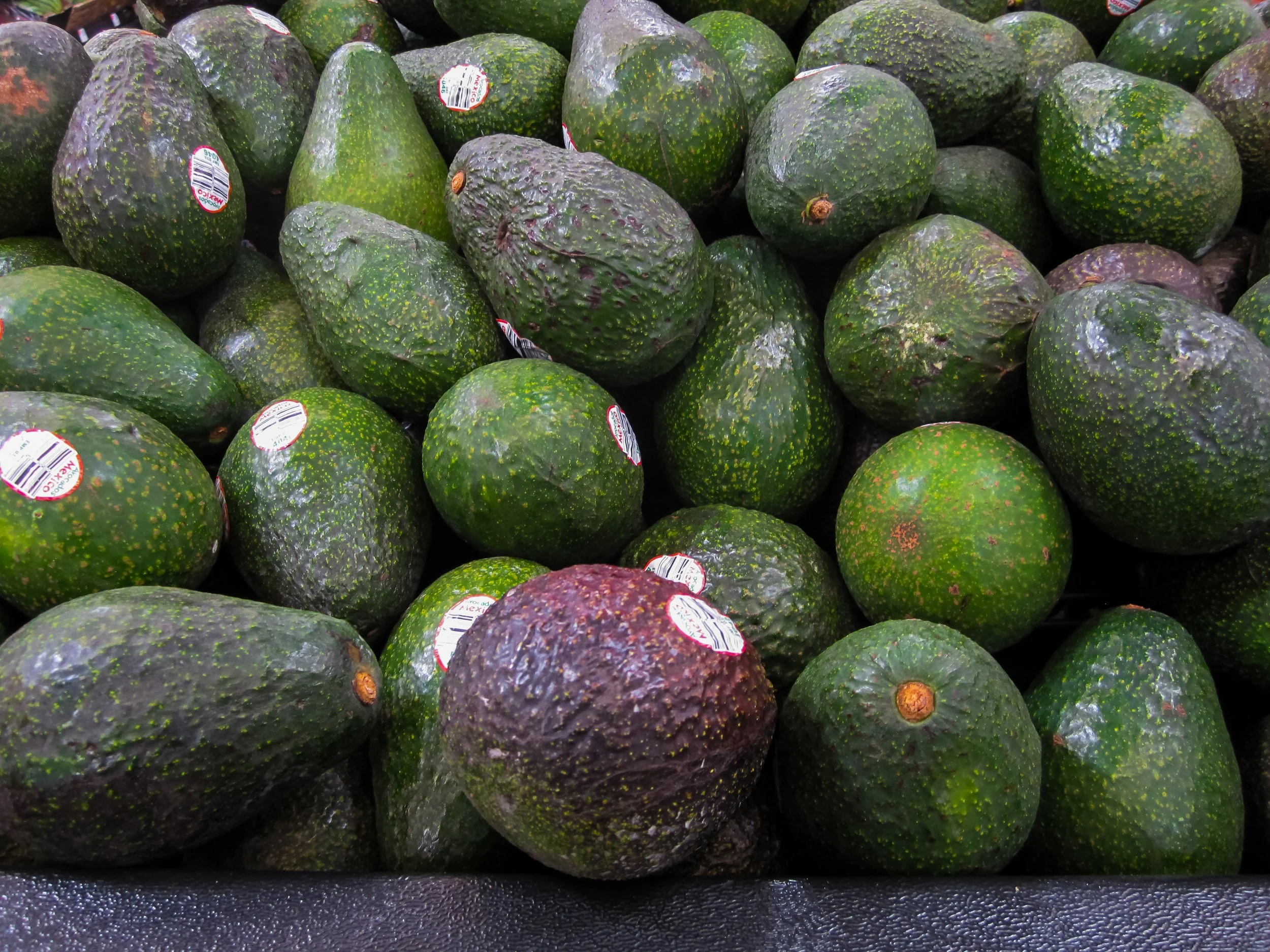
Guatemala’s Avocado Ambition: America’s New Alternative Supplier?
Let's face it: Americans love avocados. But with the United States heavily reliant on Mexico for avocado imports, a new player is entering the game: Guatemala. The relatively small Central American country produced only about 50,000 tons of avocados in 2024, prompting the question: Could Guatemala become America's next major alternative exporter?
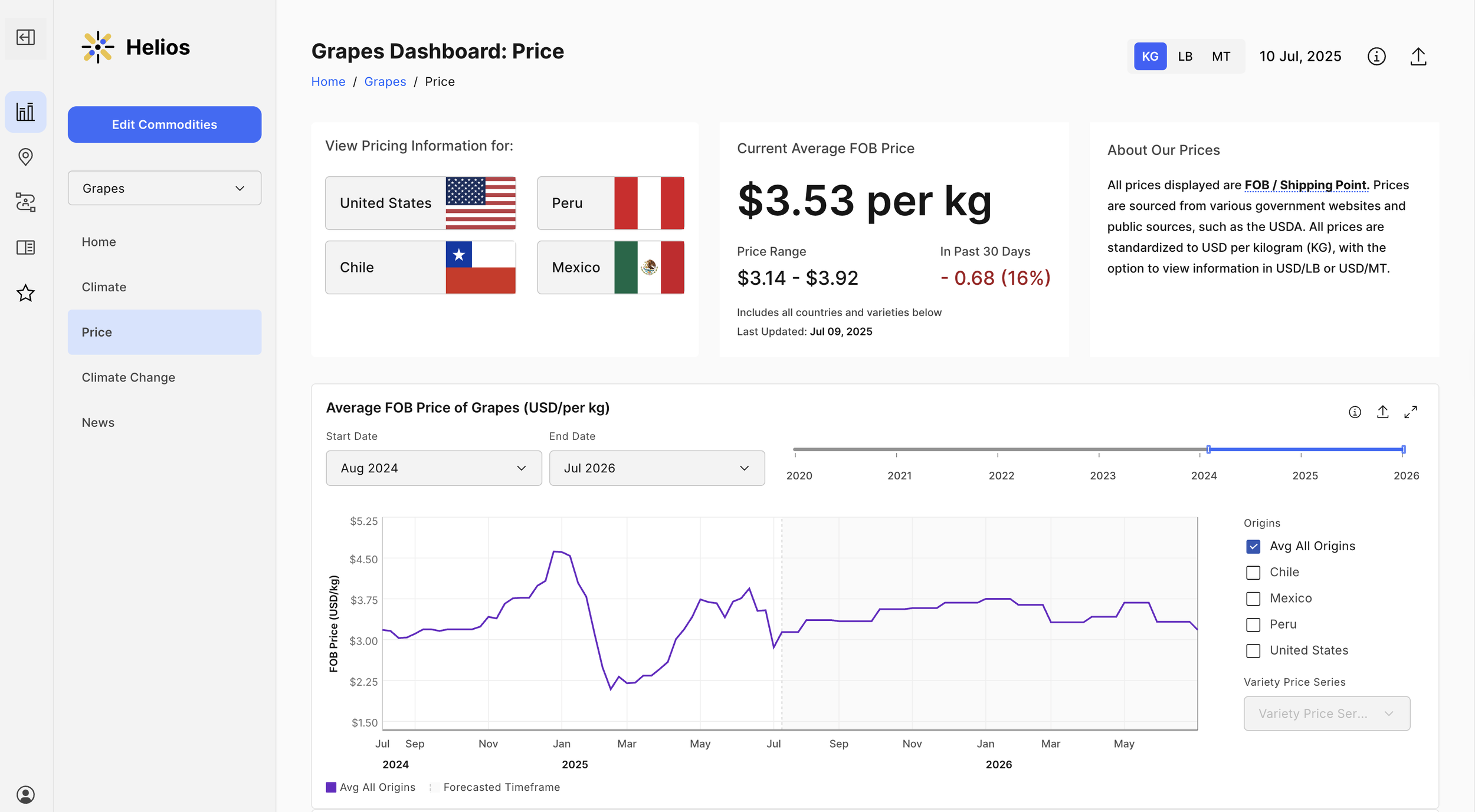
400+ Price Predictions & Historical Prices Launch at Helios!
We’re thrilled to share one of our biggest releases yet: Helios AI’s advanced pricing forecasts and historical price series for over 400 agricultural commodities. This isn’t just “more data.” It’s better intelligence: forecasts up to a year ahead, detailed historical pricing, and clear, accessible explanations of why prices are moving the way they are.
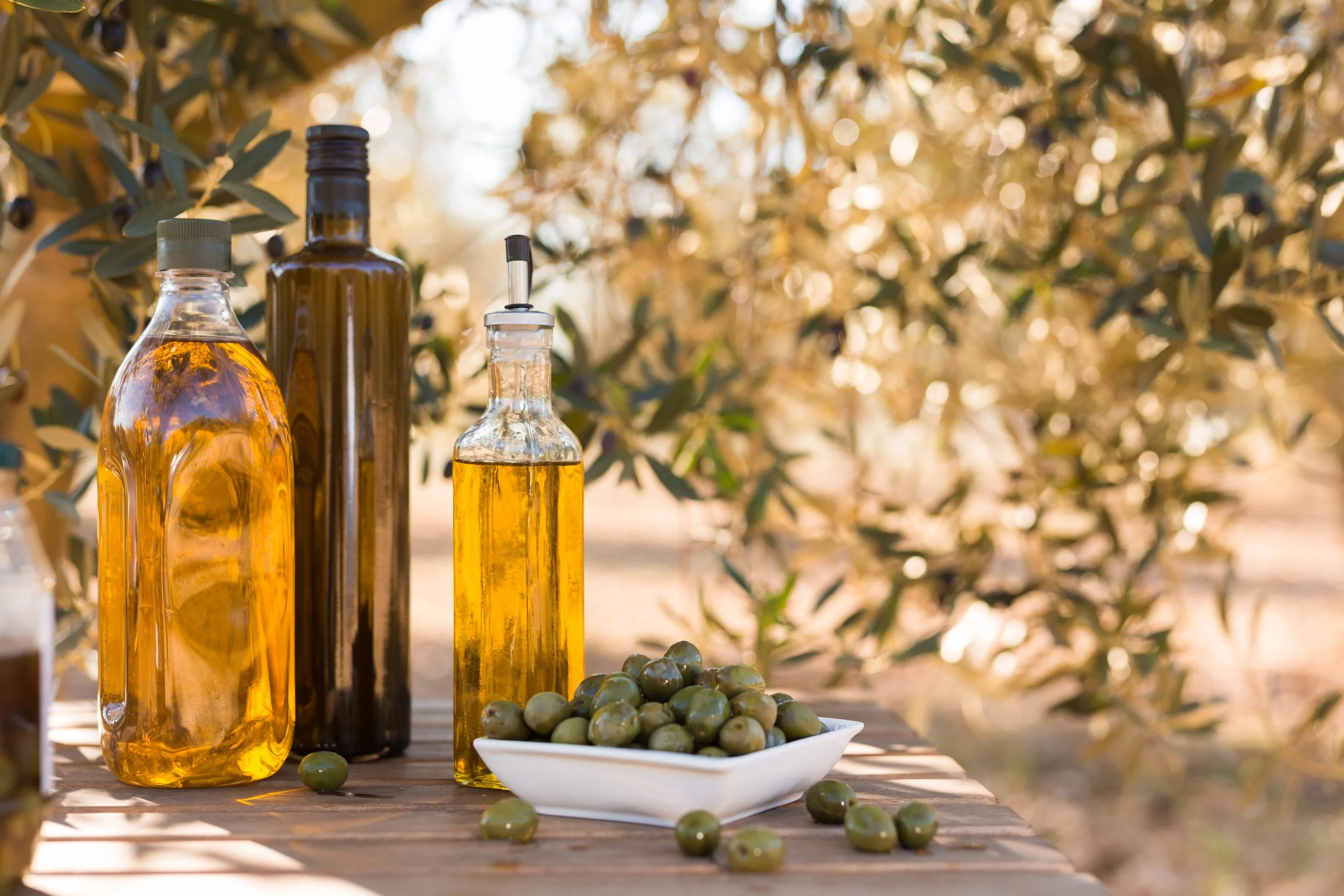
A Climate Challenge in the Heart of the Mediterranean
Olive oil isn’t just an export for Greece—it’s a staple of daily life, a rural economic engine, and a symbol of cultural identity. But today, Greek producers are grappling with one of the worst harvests in recent memory. Heatwaves, drought, and pests have slashed yields and pushed prices to painful highs.

New Jersey Heatwave Puts Pressure on Blueberry Crop Ahead of the 4th of July
If your Fourth of July barbecue has blueberry pie on the table, you can thank an early start and amazing timing. After a week of intense heat waves across the East Coast, New Jersey’s blueberry crop went eye-to-eye with a bitter fate.

Berries, Citrus, and the Big Summer Price Swings
As summer rolls in, farmers’ markets, grocery shelves, and kitchen tables around the country begin to fill with the season’s brightest bounty: juicy berries, crisp lettuce, zesty citrus, and garden-fresh veggies. But behind this cheerful cornucopia, food prices are telling a more complex story.

Early Monsoon Season Wreaks Havoc on Indian Vegetable Crops– Prices Surge
The monsoon season on the southwest coast of India has started earlier than usual in 2025, bringing with it severe disruptions to the vegetable industry. In Nishik district– a crucial region for producing vegetables– heavy and continual rainfall through May has damaged over 1,000 hectares of farmland.
